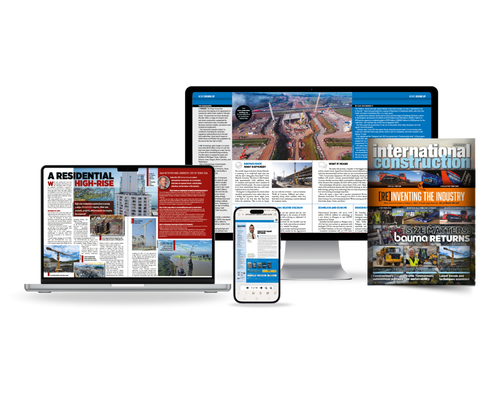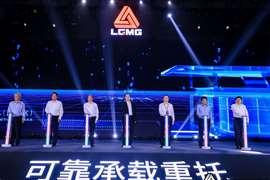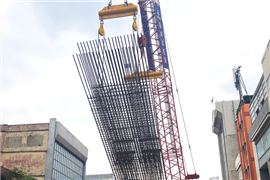Top Stories
Aecom to provide environmental remdiation at Vandenberg Space Force Base in California
Premium Content
As Europe pushes forward with green and digital goals, construction must adapt. EU initiatives like the Pact for Skills, Union of Skills, and Construction Blueprint 2
Four teams of contractors have been shortlisted to submit proposals for civils work on the construction of a 14-kilometre-long light railway in Hamilton, Ontario, Canada
A contractor has signed on for additional work at Österåker correctional facility in Stockholm, Sweden
A smart safety shoe that can detect when a worker has suffered a fall and automatically send alerts in emergency situations is set to be launched later this year.
Sponsored Content
Construction Sourcing Guide

The comprehensive guide for buyers and users of construction equipment
The Construction Sourcing Guide is an invaluable tool for
industry professionals, containing information on over 9,000 products from over 240 equipment
producers and providers.
See a demo of how it works.
GO TO WEBSITE

Insights and analysis from the global construction industry
Contacts

Andy Brown

Eleanor Shefford

Catrin Jones

Peter Collinson











































